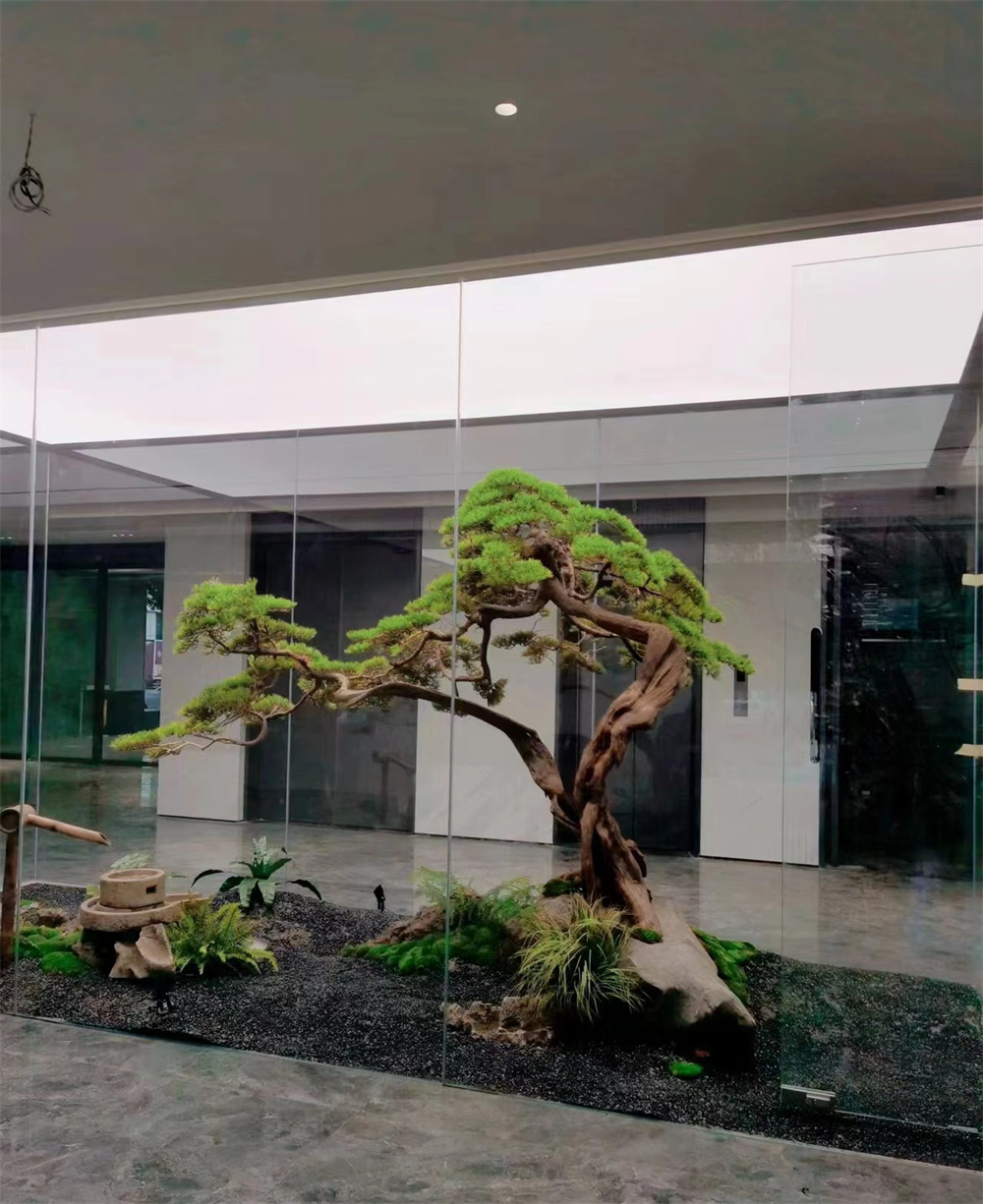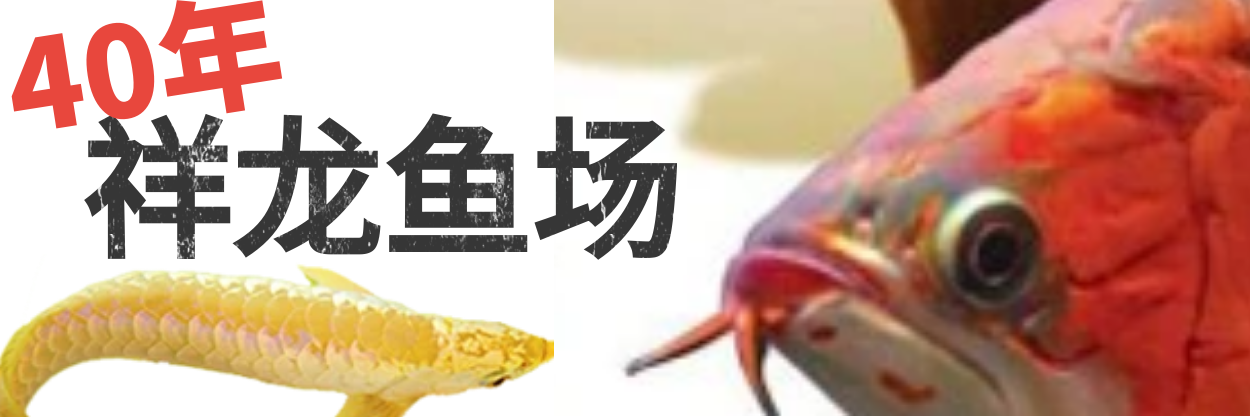溪流缸 鱼(溪流缸鱼屎怎么处理)
温馨提示:这篇文章已超过496天没有更新,请注意相关的内容是否还可用!
Title: The Enchanting Journey of the Stream Tank and its Fishy DilemmaOnce upon a time, in a small village nestled in the lush green mountains, there lived a young boy named Liang. Liang had always been fascinated by nature and its wonders. His favorite spot was a hidden str
Title: The Enchanting Journey of the Stream Tank and its Fishy Dilemma
Once upon a time, in a small village nestled in the lush green mountains, there lived a young boy named Liang. Liang had always been fascinated by nature and its wonders. His favorite spot was a hidden stream that flowed through the heart of the village, where he would spend hours observing the delicate dance of the water and the vibrant fish swimming gracefully in its depths.
One day, while exploring the stream, Liang stumbled upon a peculiar sight. It was a beautiful glass tank placed right in the middle of the water, creating a miniature stream ecosystem. The tank was filled with colorful fish, and a gentle current mimicked the natural flow of the stream, creating a mesmerizing effect. Liang couldn't believe his luck; it was as if a piece of the stream had been captured and brought to life.
Liang soon discovered that the tank was called a "stream tank," and the fish that resided within were specially bred to adapt to this unique environment. The village elders explained to Liang that the stream tank served as a way to bring the beauty of the stream closer to the villagers, allowing them to appreciate the wonders of nature without disturbing its delicate balance.
Excited by this newfound knowledge, Liang spent every spare moment observing the stream tank and its inhabitants. He marveled at the fish as they swam gracefully through the currents, their vibrant colors reflecting the sunlight. However, as Liang spent more time with the tank, he noticed an unpleasant smell emanating from it. It was the unmistakable odor of fish waste.

Concerned for the well-being of the fish and the overall cleanliness of the stream tank, Liang sought advice from the village elders. They explained that fish waste, if left untreated, could harm the delicate ecosystem of the tank. The elders taught Liang a simple yet effective method to handle the fish waste.

Every morning, Liang would carefully siphon out the accumulated waste using a small tube, ensuring not to disturb the fish or the plants that grew in the tank. He would then transfer the waste to a compost bin, where it would decompose over time, eventually turning into nutrient-rich soil. This soil would then be used to fertilize the village gardens, creating a sustainable cycle of growth and nourishment.

As Liang diligently carried out his daily task, the stream tank thrived. The fish seemed healthier, and the water sparkled with newfound clarity. Villagers would often gather around the tank, mesmerized by the beauty and tranquility it brought to their lives. Liang took great pride in his role as the caretaker of this miniature ecosystem, knowing that he was contributing to the well-being of both the fish and his community.

Years passed, and Liang grew older. The stream tank had become a symbol of harmony and sustainability in the village, attracting visitors from far and wide. The once-small boy had become a respected conservationist, spreading the message of responsible fishkeeping and environmental stewardship.

In the end, the story of the stream tank and its fishy dilemma taught Liang and the villagers the importance of balance and responsibility. It showed them that even the smallest actions, such as handling fish waste, could have a significant impact on the environment. The stream tank became a living testament to the power of human care and respect for nature.





还没有评论,来说两句吧...